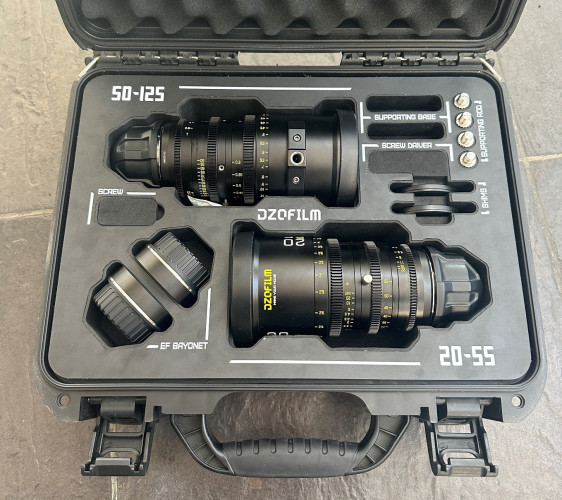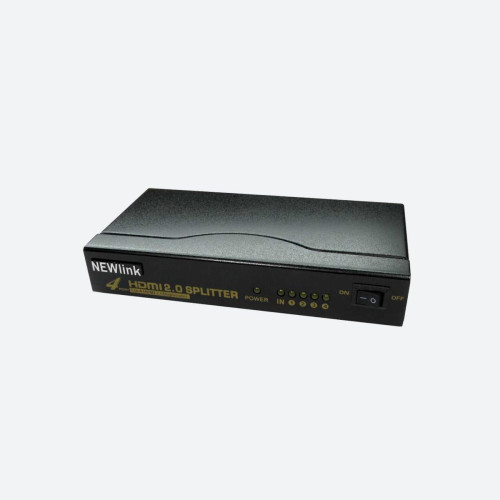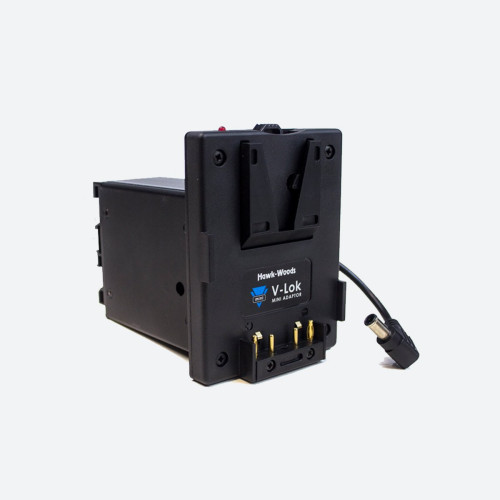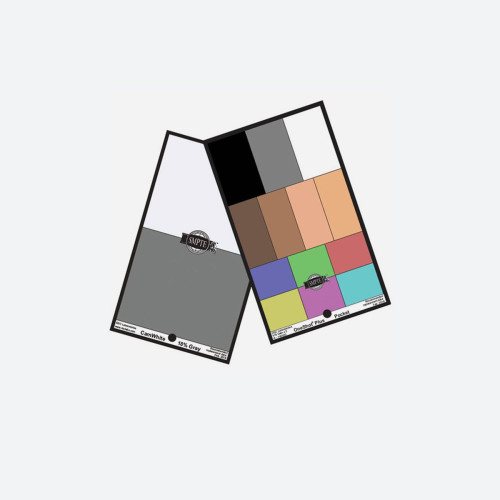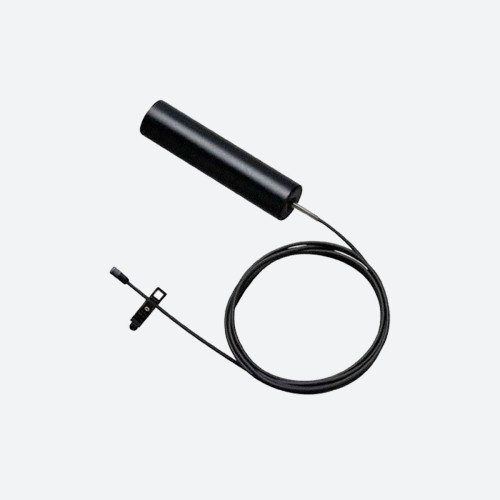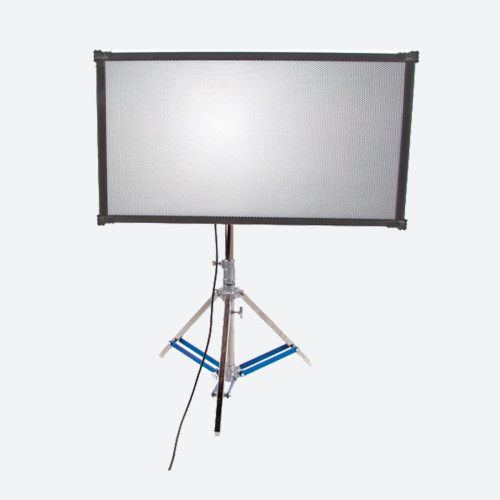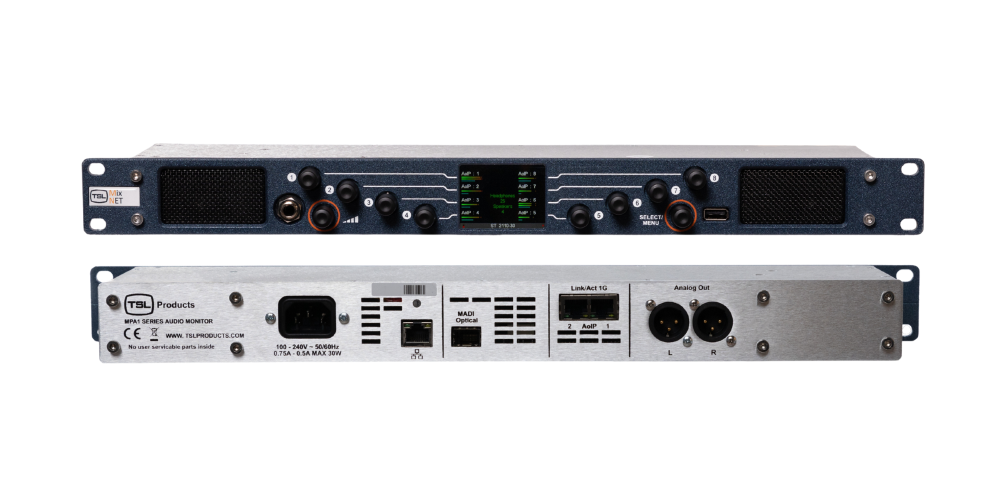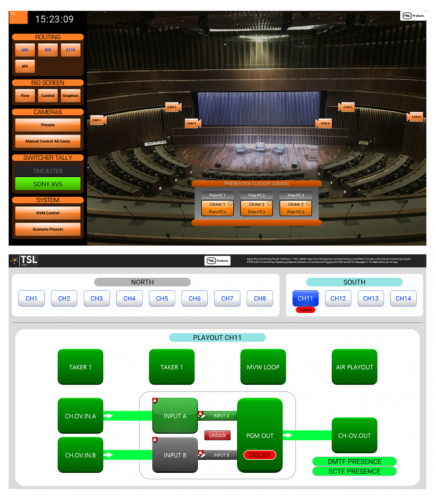The intricacies of capturing phase-coherent surround sound

Author: Pieter Schillebeeckx
Published 1st June 2013
By Pieter Schillebeeckx – Product Manager, SoundField at TSL PPL
Since its acquisition of SoundField, TSL Professional Products Ltd, a leading manufacturer of surround microphones, audio monitoring, tally and power management solutions for the broadcast industry, routinely field a growing number of questions from the industry regarding the successful capture and final dissemination of 5.1 audio. Below is a sampling of questions that have come up at recent exhibitions.
What is the design concept behind a four capsule microphone delivering 5.1 audio? How can that work?
The conceptual design behind all our microphones is based on the tenet that acoustic events can be represented by four, precision-aligned, microphone elements. In what we call our SoundField B-Format, the signals from our four elements are then combined into ‘X’ which is front/back information or depth; ‘Y’ which is left/right information or width; ‘Z’ which is up/down information or height and ‘W’ the central point from which the other three elements are referenced.
Due to this unique process, surround recordings made with SoundField microphones can be collapsed to stereo or mono without the phase cancellation and high frequency differences encountered when summing together signals from multiple spaced microphones used to synthesize a surround field. This phase coherence is especially important for broadcast applications where surround information might be downmixed for internal stereo editing and mixing, upmixed back to 5.1 for broadcast, only to be downmixed to stereo again by a home television set that is not surround capable.
Beyond phase coherence, what are the advantages of a surround microphone such as SoundField over multiple microphone placements?
First and foremost, a surround signal from a SoundField microphone delivers an extremely realistic ambient atmosphere that accurately reflects any indoor or outdoor space. With the multiple microphone approach, the phase of the ambient content from each individual microphone can fight the overall quality of the signal. Another major advantage is the ability to control the SoundFIeld B Format X, Y, Z and W parameters from an OB van or studio. For example, let’s say a football game is in the fourth quarter and the away team is drastically loosing with no chance of redemption.
The away side of the stadium might be considerably quieter, so the sound engineer in the OB van or studio is able to gently re-rotate the ‘Y’ parameter information to attain a better ambient environment without actually moving the microphone. Our microphones capture everything that goes on around the microphone while the engineer controls the different parameters from within 5.1 listening/mixing environments. A SoundField surround signal becomes the sonic glue, if you will, where effects, commentary and music sit in a constant, phase coherent, natural sounding ambient field.
What’s more, the set-up and de-rigging of a single microphone is far simpler than having to set up multiple arrays at any given event.
What are the differences between your higher-end and lower-end products and what would be the best applications for each?
The DSF-B Broadcast package, our high-end solution, is a completely self-contained surround microphone system with control and processing included, whereas the SPS-200 software controlled microphone is suited for those working in the field on laptop based recording systems or in the studio on digital audio workstations.. The SPS200 relies on a console’s mic pres and a post production plug-in for processing on a DAW and provides a solid front-end to capture 5.1 or stereo. The DSF-B Digital Broadcast package is squarely aimed at live broadcast applications, especially for covering outdoor events.
We use studio-grade condenser capsules in order to give the microphone high reliability in a wide range of environments. We have also engineered a heating element inside the microphone that will drive out any moisture and keep everything at a constant temperature to guarantee operation in all sorts of different conditions from really high humidity to snow storms. That’s a very important part. In contrast, the SPS-200, is designed for less-vigorous, often indoor recording in a small studio, or for live orchestral or voice-over recording. The SPS-200 uses equally high-quality capsules, but there is no heater on board. We also have the high-end DSF-1 Digital Performance Microphone System that is tailored for high-end orchestral and classical performance capture which includes a microphone and processor.
What makes SoundField upmixing different from other upmix solutions out there?
The first thing we need to state is that a SoundField upmixed audio track is based on a completely adaptive algorithm. The newly-released X-1 unit is constantly analyzing the incoming stereo signal and, based on that information, making decisions on how to create a phase coherent upmix. One really important aspect is that our upmixing algorithm takes all surround information only from the existing stereo track. If the audio is not in the stereo material, it will not appear in the 5.1 version. We specifically do not add things such as reverbs or similar. We take the stereo material, left and right, and we split it between direct sound and ambient sound; that ambiance is what we use to build up our 5.1 mix. Another very important feature of our upmix is that we stay true to the original stereo image.
That means when I’m sitting in the sweet spot, the front image should stay the same. If anything it should be a little better because now there is a hard center, so if a mix engineer moves around in the surround field, the commentary will stay anchored at center/front. So our 5.1 out-of-the-box neutral settings create a very natural ambience extension. Another important feature is the simplicity of operation. We have five parameter controls for our B-Format audio and yet can still create any kind of upmix anyone would ever want – it’s this easy-to-operate principal that makes the device a must for any OB truck or Broadcast studio.
What is the difference between your upmix products and what applications are they best suited?
The UPM-1 is a live production stereo to 5.1 upmix-only unit. What that means is it has physical controls for each of the parameters on the front panel, so it’s very easy to navigate, very easy to control in a live situation. We developed the X-1 as a software-driven unit without any controls on the front panel to handle both upmix and downmix situations, so it’s more of a set-and-forget-type box. The control software of the X-1 can connect via Ethernet or USB and allows an engineer to create any number of pre-sets to fit individual needs. Once the X-1 is set up, presets can be triggered or GPIO activated, so an engineer can forget about the unit. For live situations, the upmix parameters can be changed from the control application in real time.
The X-1 has eight AES audio channels in and out to allow for real-time switching between stereo and 5.1 source material. For example, if a program and attendant advertisements are in stereo, the X-1 senses that and will automatically upmix to 5.1. If, however, the next program is in 5.1, the X-1 will know that and pass through the 5.1 signal, then commence the upmix process again for, say, a locally-produced ad. The output is always a consistent, phase coherent 5.1 signal.
A big difference between other solutions out there is that we have a very unique SoundField downmixer on board. We can do all of the standard downmix formats, such as LoRo, which is what we really need to use in order to verify or automate a downmix on the consumer end, and LtRt, which is a matrix downmixer. The X-1 also has a few unique features, such as Adaptive EQ and Ambience Mode, which give significant improvements to downmixing and related features no one else has. The Adaptive EQ will monitor the 5.1 that goes into the downmixer and it will look for any signs of frequency coloration due to phasing or something like that. If the downmix compatibility isn’t 100-percent, it will detect that and correct the stereo downmix accordingly, yielding an open sounding original intent stereo image.
The next difference between the X-1 and other downmixing products is the unique and powerful Ambience Mode. One of the biggest challenges with downmixing to stereo is dealing with the ambiance properly for a balanced stereo result. If you take a football game, maybe you want a downmix with the ambience at -12dB behind the stereo field for proper balancing. If the next program after the game is an action movie where a fighter jet “flies through” the room from back to front, or where primary effects are only heard in the surround speakers, you may not want a -12dB drop. With Ambience Mode, an engineer can set two downmix parameters, one for the ambient sound of the surround channels and one for the direct sound of the surround channels where a -3dB might be more appropriate.
Pieter Schillebeeckx is Product Manager of TSL Professional Products Ltd.’s SoundField Surround Sound Microphones and Processors.



